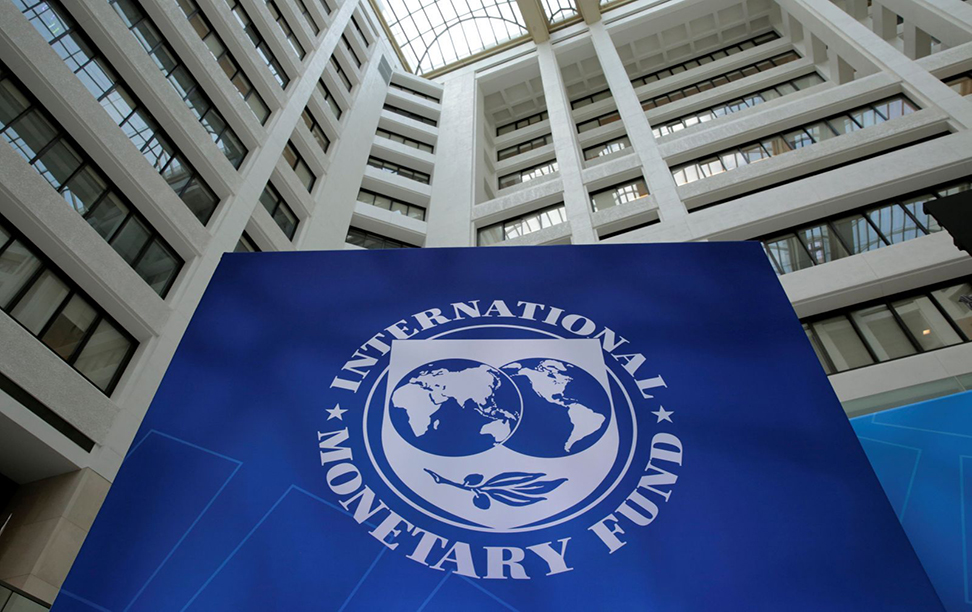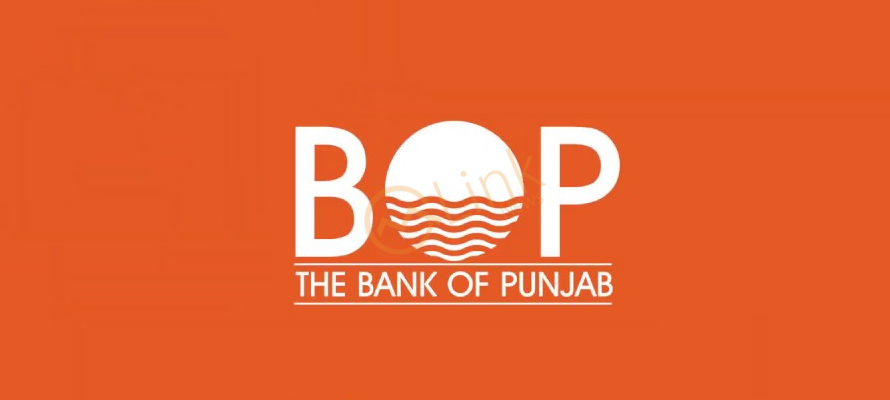March 18, 2024 (MLN): Fitch Ratings has cut its 2024 gas price assumptions due to weaker demand and ample supply expectations in the short term.
The 2026 Henry Hub assumption has been raised on the grounds that US producers’ reduced capex will lead to lower production in the medium term.
The entity’s base-case oil price assumptions are unchanged. Price assumptions for 2027 have been added to the set.
The reduced 2024 assumption for the European Title Transfer Facility (TTF) reflects weaker demand due to warm weather, still muted industrial activity and high inventory levels in Europe.
Fitch expects only a small increase in gas demand in 2024, after a 7% decline in 2023. EU gas storage is over 60% full – the highest level for February in the past five years.
Furthermore, it does not view the expiration of a five-year transportation agreement for Russian gas via Ukraine at end-2024 as a significant supply risk for the EU due to limited volumes transported through this route.
The unchanged medium-term and mid-cycle assumptions in our TTF base case reflect a gradual moderation in price levels because of planned LNG capacity expansion in the medium term and a structural shift in demand due to renewables growth and efficiency gains.
Qatar plans to expand its North Field’s output from 77 million metric tonnes per annum (mtpa) to 142mtpa by 2030. Although most of this new capacity is intended for Asian markets, increased global LNG availability is likely to affect European prices.
The freeze on new LNG export terminal approvals announced by the US in January is unlikely to affect the European market as several new projects are already being developed, which will increase US gas exports from 2025.
Fitch has reduced its 2024 Henry Hub gas price assumption due to continued production growth from a combination of associated gas output from oil-focused drilling and gas-focused rigs, even with the gas rigs count declining to 117 in February from 158 a year ago.
Weaker gas demand due to warm winters both in the US and Europe drove US gas prices to nearly record low levels.
Many producers are materially reducing their capex and voluntarily curtailing production in response to this price drop, which should translate into lower output.
Additional LNG export capacity will enter the market in late 2024-2026, which will lift gas demand.
The combination of lower output and increased demand should translate into higher prices in the medium term, which is reflected in our slightly increased 2026 assumption.
Fitch has kept all our base-case oil assumptions unchanged and expects prices to moderate in the medium term from current levels due to a combination of decelerating demand, robust supply growth outside of OPEC+ (which should add about 1.6 million barrels per day (MMbpd) in 2024, led by the US and Latin America, according to IEA) and substantial OPEC+ spare capacity of over 5MMbpd.
Some key OPEC+ countries, including Saudi Arabia, Kuwait and Russia, agreed to extend their additional voluntary cuts of about 2MMbpd until end-1H24.
This extension was largely in line with expectations and the market appears well-balanced, with OPEC+ continuing to manage the supply side.
Saudi Arabia’s recent decision to halt its maximum sustained capacity increase will reduce the global supply buffer available to absorb supply-side shocks or demand increases over the medium term, while not immediately affecting the physical oil market.
Shipping disruptions in the Red Sea will maintain the oil price premium, as affected volumes are re-routed, leading to higher shipping costs.
However, we do not expect significantly higher oil prices without material disruptions to actual production, or a wider escalation of attacks to more vital oil transport routes.
OECD oil inventories have stabilized at a healthy level of about 2.8 billion barrels, slightly below pre-pandemic levels.
Copyright Mettis Link News
Posted on: 2024-03-18T09:55:31+05:00







